Luxury Vinyl Care & Maintenance
Proper care and maintenance are essential to preserving the beauty and longevity of your new luxury vinyl floors. Follow these simple tips to keep your floors looking their best for years to come.
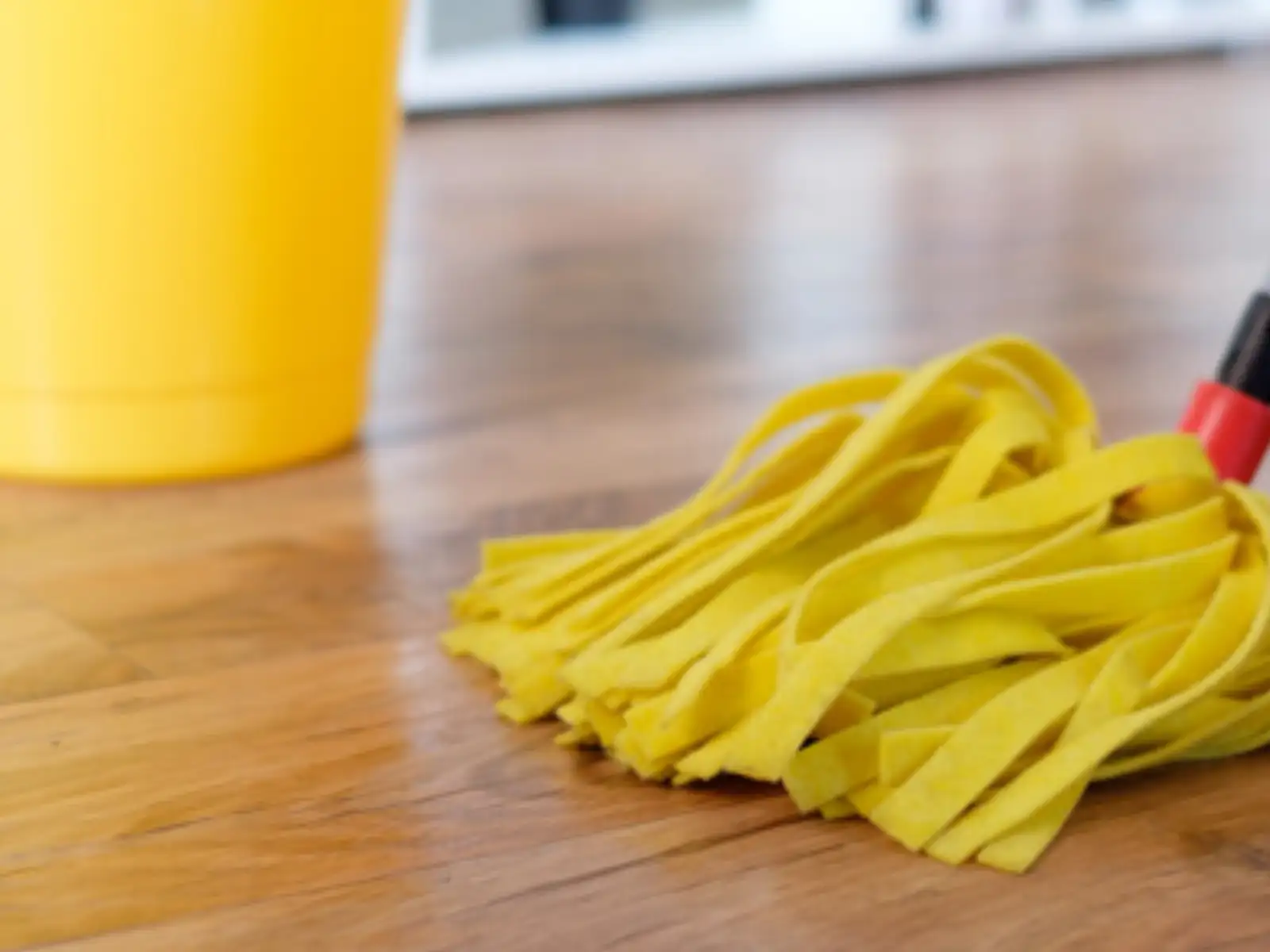
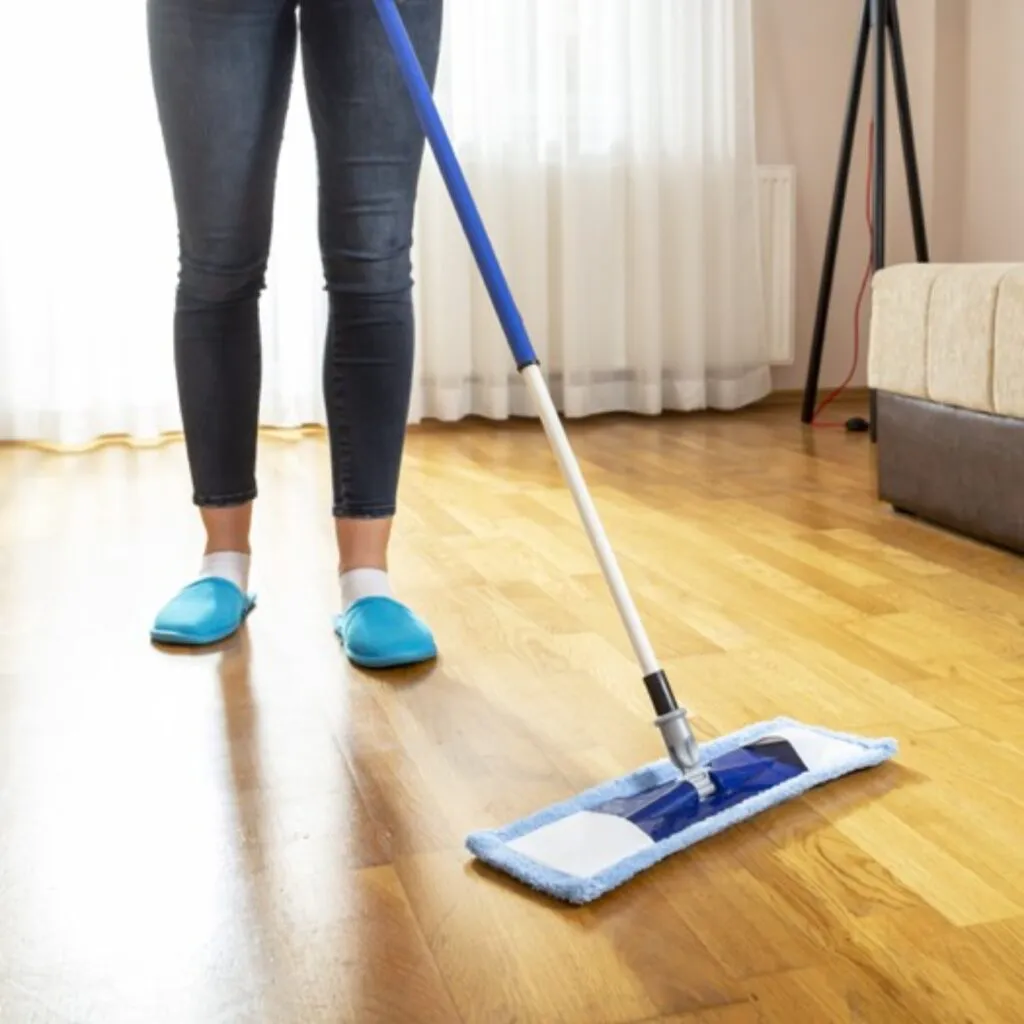
Routine Luxury Vinyl Care
Regular care is essential to maintain the quality and appearance of your luxury vinyl floors.
- Sweep or dust mop regularly: Regularly sweep or dust mop your floors to remove dust and debris.
- Use doormats: Place doormats at all entrances to minimize the amount of dirt, moisture, and grit tracked into your home.

Removing Dirt and Debris
Deep cleaning your floors periodically helps to remove embedded dirt and maintain their shine.
- Damp mop regularly: Deep clean your floors periodically with a damp mop and a mild, pH-neutral cleaner specifically designed for luxury vinyl flooring.
- Avoid excessive moisture: Avoid using excessive water when mopping, as this can seep into the seams and damage the flooring.
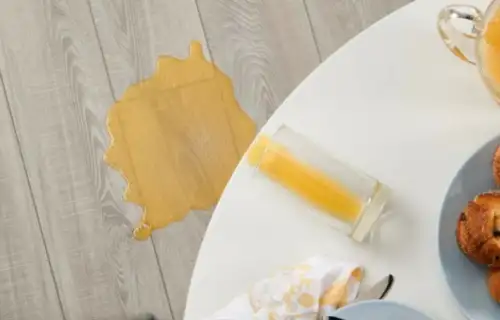
Luxury Vinyl Spills & Stains
Prompt action is key to minimizing the impact of spills and stains.
- Blot up spills immediately: Blot up spills with a clean, absorbent cloth as soon as they occur.
- Avoid harsh chemicals: Never use harsh chemicals, solvents, or abrasive cleaners on your luxury vinyl floors.
- Test cleaning solutions in an inconspicuous area: Before using any cleaning solution, test it in an inconspicuous area to ensure it doesn't discolor or damage the flooring.
Protecting Your Investment
Follow these additional tips to protect your luxury vinyl flooring and ensure its long-term beauty.
- Use furniture pads: Place felt pads under furniture legs to prevent scratches.
- Avoid dragging heavy objects: Avoid dragging heavy objects across the floor, as this can scratch the surface.
- Use area rugs: Place area rugs in high-traffic areas, such as entrances and beneath dining tables, to protect your floors from wear and tear.
- Address minor issues promptly: Address any minor issues, such as loose planks or damaged edges, promptly to prevent further damage.

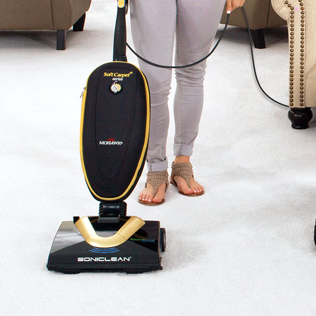
Vacuums
Maintain the beauty and longevity of your new flooring with the right vacuum. Explore our high-quality vacuums.
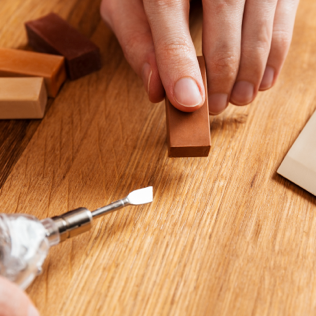
Repairs
Our experienced team can handle a wide range of issues, from minor repairs to complete floor replacements.
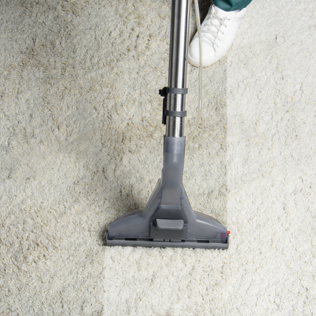
Carpet Cleaning
Keep your carpets looking their best with our professional cleaning services.

